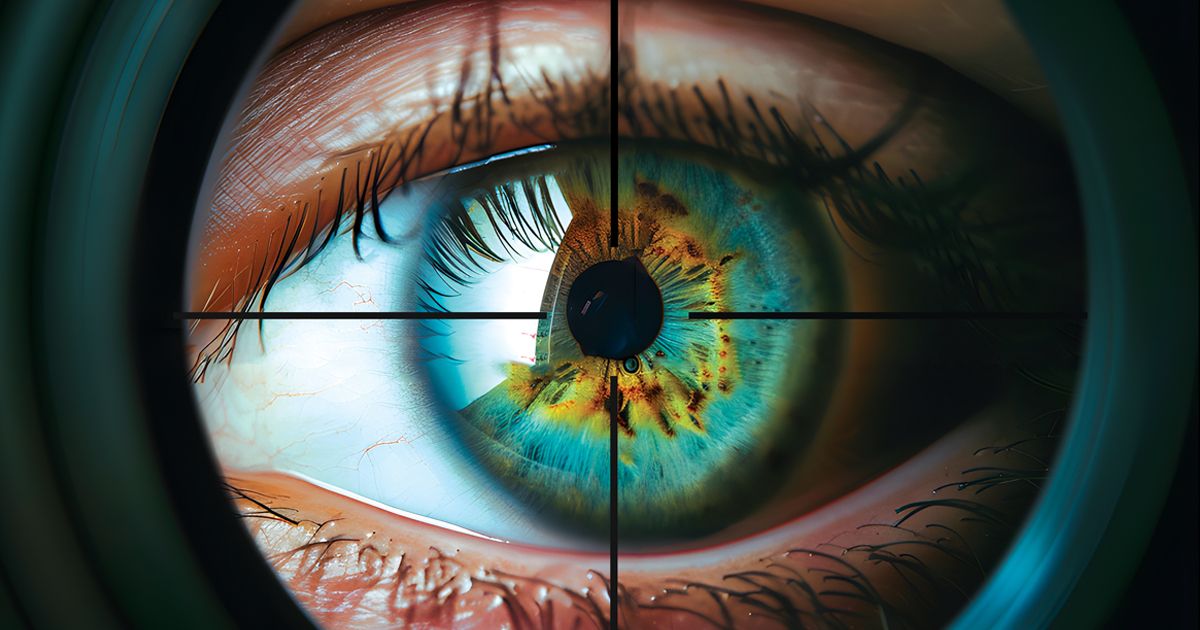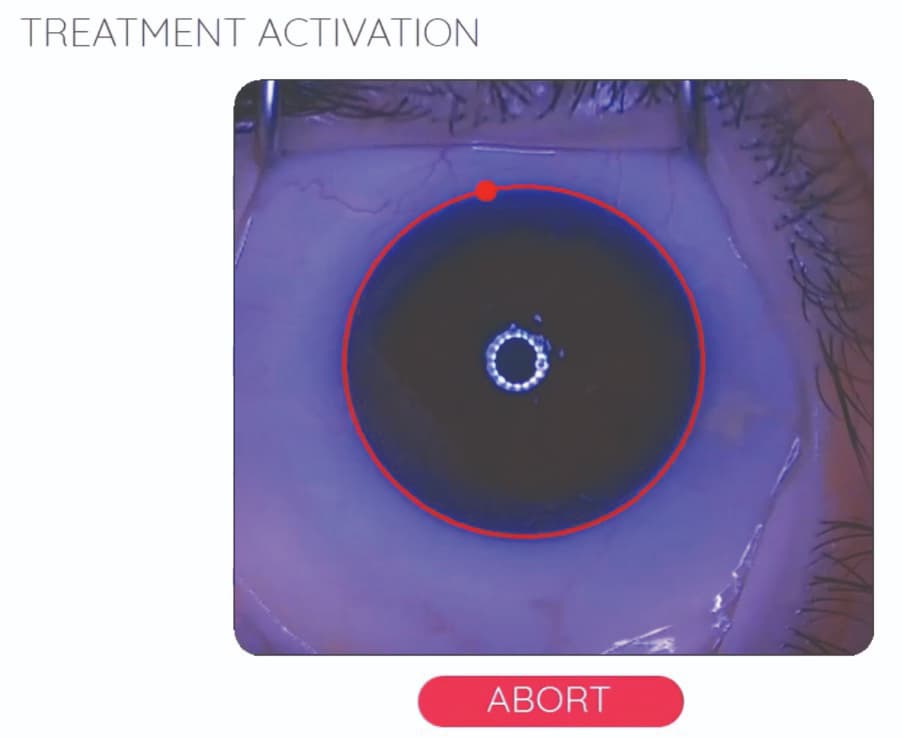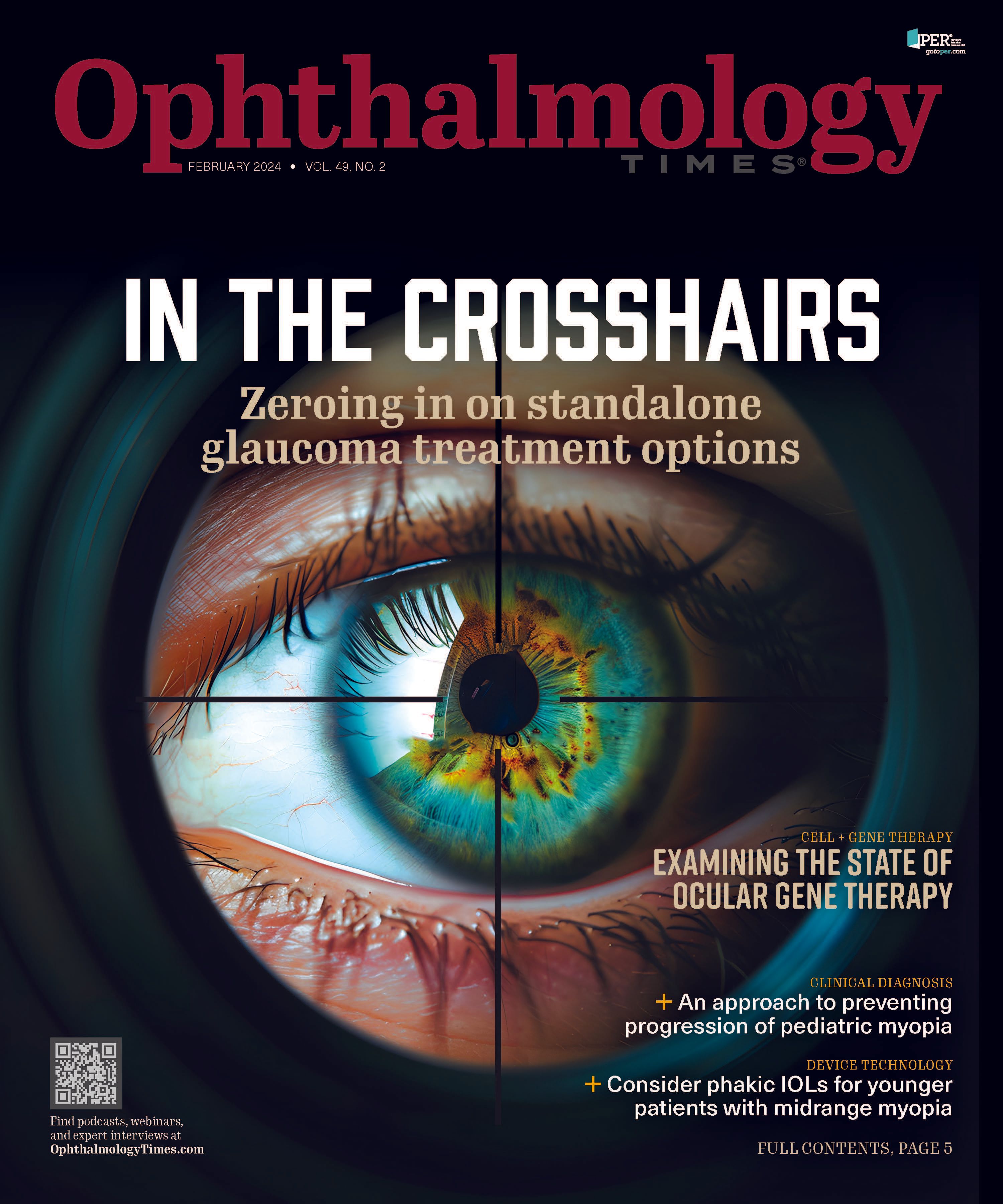Publication
Article
Digital Edition
Zeroing in on standalone glaucoma treatment options
Author(s):
Steps to take when a patient does not have a cataract.
(Image by Jennifer Toomey / MJH Life Sciences using AI)

The primary goal of glaucoma surgery is to lower IOP. In each case, we decide on the technique that seems to offer the individual patient the best and safest chance to reach the target pressure that promises to stop their disease progression. Lens status certainly plays a role, because many of our minimally invasive glaucoma surgery (MIGS) interventions can best (or only) be performed at the time of cataract surgery.
For patients with cataract, I strongly favor a combined approach when I discuss the options with the patient. That might be a combination of phacoemulsification or laser cataract surgery with MIGS or a phacotrabeculectomy, depending on the IOP level and the degree of pressure reduction we want to achieve. A combined approach allows the patient—assuming the intervention is successful—to undergo just 1 surgery per eye.
But what can be done when the patient does not have cataract yet or is already pseudophakic? Fortunately, we have a wide range of options today—and more coming along in the pipeline.
In a clinical setting like the University Eye Clinic of Bochum, we offer MIGS to a large segment of our patients with glaucoma, rather than relying only on medical therapy. Patients with IOP that is inadequately controlled and/or have poor adherence to medical therapy are good candidates for standalone MIGS when trabeculectomy—still widely considered the gold standard in glaucoma surgery for more advanced disease—is not yet indicated.
Although some countries have more barriers to interventional procedures, Germany offers patients who need better IOP control access to many MIGS procedures, including gonioscopy-assisted transluminal trabeculotomy, excimer laser trabeculostomy, trabecular meshwork
bypass stents, canaloplasty, and viscodilation. The iStent (Glaukos) has been very popular since the rise of MIGS, and the latest versions of this stent continue to be widely implanted.
Canaloplasty, which was largely developed by a fellow German, Norbert Körber, MD, PhD, from Cologne, is also widely performed. Finally, subconjunctival MIGS is popular with many cataract and glaucoma surgeons, although there is awareness, of course, of these devices’ greater potential for complications as they all require opening the eye.
Pipeline developments
Femtosecond laser image–guided high-precision trabeculotomy (FLigHT) is a noninvasive, nonincisional treatment for glaucoma. Using a femtosecond laser (ViaLuxe Laser System; ViaLase) FLigHT allows the surgeon to create outflow channels by photodisruption, with the aid of brilliant gonioscopic imaging and without negatively affecting the surrounding tissue (Figure 1). Because it does not require any opening of the globe—not even a paracentesis—FLigHT represents a great addition to current techniques for a standalone glaucoma intervention.
Figure 1. FLigHT procedure. A novel, image-guided femtosecond laser noninvasively creates precise trabeculotomy channels through the trabecular meshwork. (Images courtesy of H. Burkhard Dick, MD, PhD)

Thus far, first-in-human data assessing FLigHT seem to indicate that this approach can provide a profound and safe IOP reduction in situations where we don’t want to pursue more invasive surgery. For example, following the creation of just a single trabeculotomy channel, more than 80% of the eyes in a prospective 24-month study achieved a 20% or greater pressure-lowering effect with no device-related serious adverse events.1 Creating more channels has the potential to provide even greater efficacy.
Our clinic has been something of a pioneer in femtosecond laser cataract and corneal surgery. Docking a patient to a femtosecond laser is one constant in our daily lives. Therefore, we are excited to use femtosecond laser technology in combination with the truly astonishing micron-accurate gonioscopic imaging for our patients with glaucoma.
If our clinical experience supports the data from the early published reports, I expect FLigHT to become an option for many patients for whom we would otherwise recommend trabeculotomy, trabeculectomy, canaloplasty, or other procedures. Given the noninvasive nature of the FLigHT procedure and the familiarity of femtosecond lasers, I believe that many anterior segment surgeons who do not necessarily specialize in glaucoma will feel comfortable adopting this technology.
The recent introduction of noncontact, direct selective laser trabeculoplasty (DSLT) with the Eagle system (Belkin Vision) is also promising. DSLT (Figure 2) has added a new level of convenience for the patient and has a low potential to induce cataract in younger phakic patients. Published data have been good2 and, as the first clinic in Europe to use this device, we have been very encouraged with our experience so far. Even before the introduction of the Belkin device, SLT had already become a first-line therapy in our clinical practice, based on the results of the LiGHT trial (NCT03395535).3,4 I particularly treasure this option in the growing population of patients with questionable adherence to daily eye drop regimens and for patients who, for personal or logistical reasons, are not able to return for regular follow-up visits.
Figure 2. Direct selective laser trabeculoplasty treatment screen during treatment of a posttrabeculectomy eye. (Images courtesy of H. Burkhard Dick, MD, PhD)

In addition to broader availability of the DSLT and FLigHT procedures mentioned in this article, I think we can also expect to see ongoing development of trabecular meshwork stent devices. Another quantum leap to look forward to for our phakic patients might be the synthesis of MIGS and medical glaucoma therapy with the implantation of sustained-release systems such as iDose TR (Glaukos) and the latest-generation Eyemate IOP microsensor (Implandata Ophthalmic Products). We are fortunate that there are a number of noninvasive and minimally invasive glaucoma treatment options in the pipeline for standalone use.
H. Burkhard Dick, MD, PhD
E: burkhard.dick@kk-bochum.de
Dick is a professor of ophthalmology and the chairman and head of the University Eye Clinic of Bochum in Germany. He has no financial relationships to disclose related to this article.
References:
Nagy ZZ, Kranitz K, Ahmed IIK, De Francesco T, Mikula E, Juhasz T. First-in-human safety study of femtosecond laser-image guided trabeculotomy for glaucoma treatment: 24-month outcomes. Ophthalmol Sci. 2023;3(4):100313. doi:10.1016/j.xops.2023.100313
Belkin M. GLAUrious, a multicentre, randomised, controlled study of direct selective laser trabeculoplasty in open angle glaucoma. Invest Ophthalmol Vis Sci. 2023;64(8): 5393.
Gazzard G, Konstantakopoulou E, Garway-Heath D, et al; LiGHT Trial Study Group. Selective laser trabeculoplasty versus eye drops for first-line treatment of ocular hypertension and glaucoma (LiGHT): a multicentre randomized controlled trial. Lancet. 2019;393(10180):1505-1516. doi:10.1016/S0140-6736(18)32213-X
Gazzard G, Konstantakopoulou E, Garway-Heath D, et al; LiGHT Trial Study Group. Laser in Glaucoma and Ocular Hypertension (LiGHT) trial: six-year results of primary selective laser trabeculoplasty versus eye drops for the treatment of glaucoma and ocular hypertension. Ophthalmology. 2023;130(2):139-151. doi:10.1016/j.ophtha.2022.09.009





